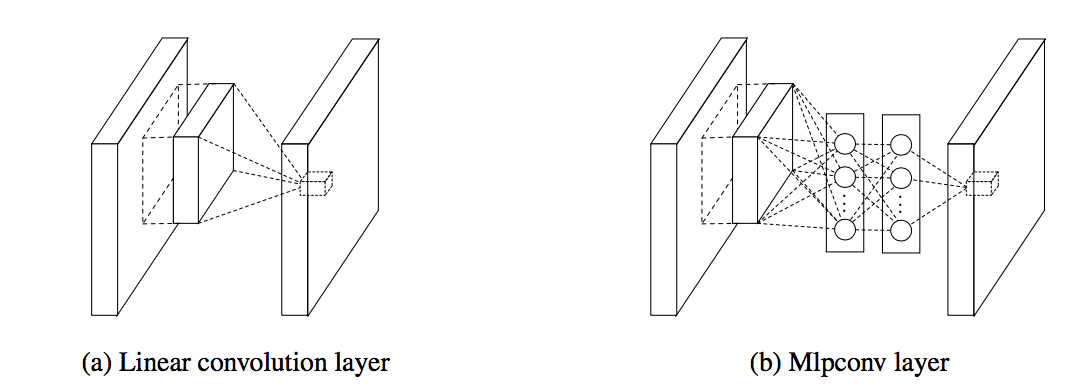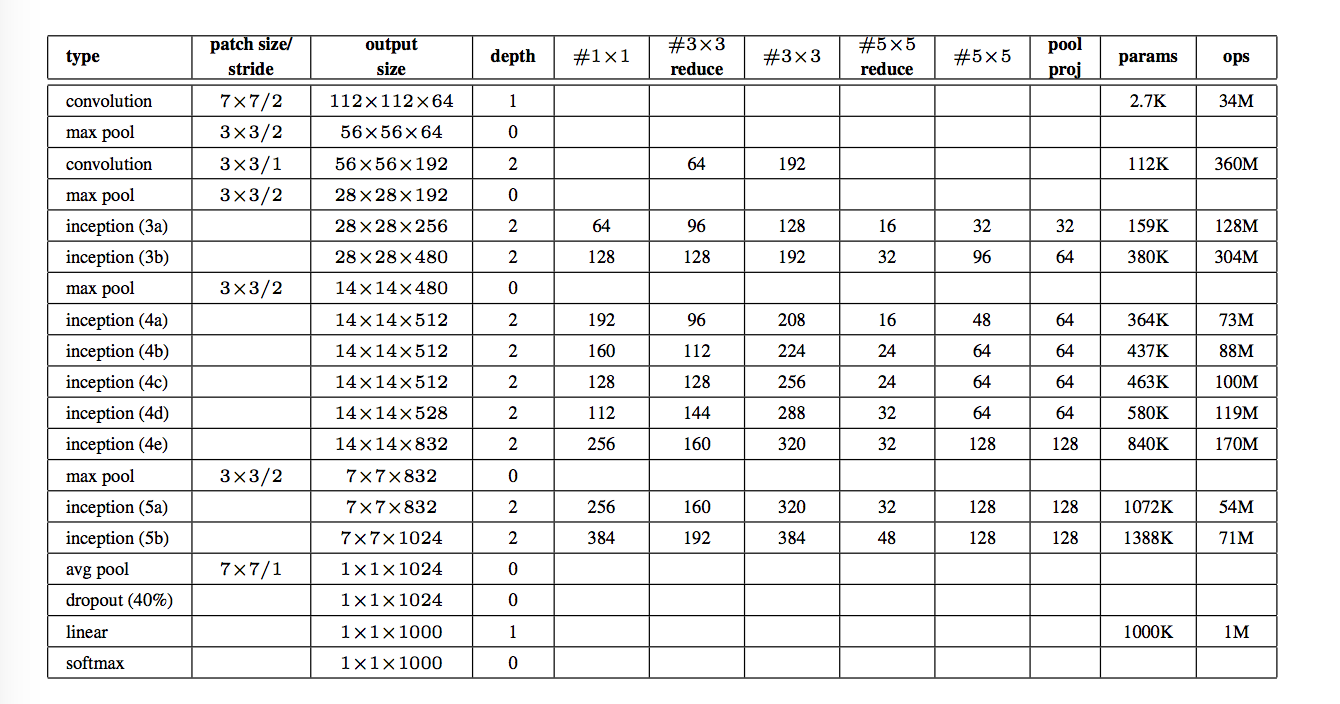goingDeeperWithConvolutions
Introduction
In the last three years, due to the advances of deep learning and more concretely convolutional networks. [an introduction of CNN] , the quality of image recognition has increased dramatically. The error rates for ILSVRC competition dropped significantly year by year.[LSVRC] This paper<ref name=gl> Szegedy, Christian, et al. "Going deeper with convolutions." arXiv preprint arXiv:1409.4842 (2014). </ref> proposed a new deep convolutional neural network architecture codenamed Inception. With the inception module and carefully crafted design researchers build a 22 layers deep network called Google Lenet, which uses 12X fewer parameters while being significantly more accurate than the winners of ILSVRC 2012.<ref name=im> Krizhevsky, Alex, Ilya Sutskever, and Geoffrey E. Hinton. "Imagenet classification with deep convolutional neural networks."
Advances in neural information processing systems. 2012.
</ref>
Related work
In 2013 Lin et al.<ref name=nin> Min Lin, Qiang Chen and Shuicheng Yan. Network in Network </ref> pointed out that the convolution filter in CNN is a generalized linear model (GLM) for the underlying data patch and the level of abstraction is low with GLM. They suggested replacing GLM with a ”micro network” structure which is a general nonlinear function approximator.

Also in this paper<ref name=nin></ref> Lin et al. proposed a new output layer to improve the performance. In tradition the feature maps of the last convolutional layers are vectorized and fed into a fully connected layers followed by a softmax logistic regression layer<ref name=im></ref>. Lin et al. argued that this structure is prone to overfitting, thus hampering the generalization ability of the overall network. To improve this they proposed another strategy called global average pooling. The idea is to generate one feature map for each corresponding category of the classification task in the last mlpconv layer, take the average of each feature map, and the resulting vector is fed directly into the softmax layer. Lin et al. claim that their strategy has following advantages over fully connected layers. First, it is more native to the convolution structure by enforcing correspondences between feature maps and categories. Thus the feature maps can be easily interpreted as categories confidence maps. Second, there is no parameter to optimize in the global average pooling thus overfitting is avoided at this layer. Furthermore, global average pooling sums out the spatial information, thus it is more robust to spatial translations of the input.
Architectural details
In "Going deeper with convolutions", Szegedy, Christian, et al. argued convolutional filters with different sizes can cover different clusters of information. For convenience of computation, they choose to use 1 x 1, 3 x 3 and 5 x 5 filters. Additionally, since pooling operations have been essential for the success in other state of the art convolutional networks, they also add pooling layers in their module. Together these made up the naive Inception module.
Inspired by "Network in Network", Szegedy, Christian, et al. choose to use a 1 × 1 convolutional layer as the"micro network" suggested by Lin et al. The 1 x 1 convolutions also function as dimension reduction modules to remove computational bottlenecks. In practice, before doing the expensive 3 x 3 and 5 x 5 convolutions, they used 1 x 1 convolutions to reduce the number of input feature maps.
Google Lenet
The structure of Google Lenet can be seen from this figure.

“#3 x 3 reduce” and “#5 x 5 reduce” stands for the number of 1 x 1 filters in the reduction layer used before the 3 x 3 and 5 x 5 convolutions.
References
<references />